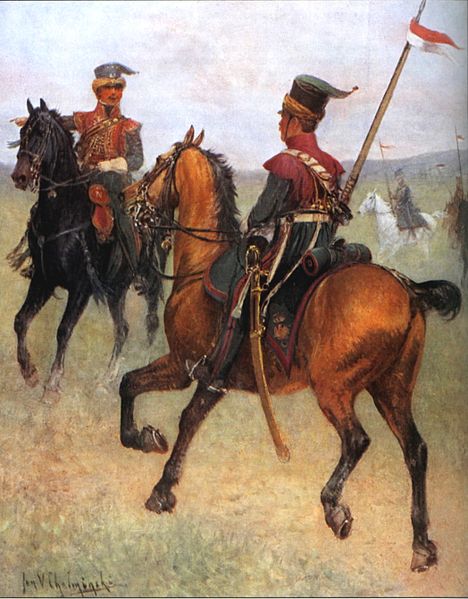Islam in Lithuania, unlike many other northern and western European countries, has a long history starting from the 14th century. The medieval Grand Duchy of Lithuania of the Polish–Lithuanian Commonwealth, stretching from the Baltic to Black seas, included several Muslim lands in the south inhabited by Crimean Tatars. A few Muslims migrated to ethnically Lithuanian lands, now the current Republic of Lithuania, mainly during the rule of Grand Duke Vytautas. The Tatars, now referred to as Lithuanian Tatars, lost their language over time and now speak Lithuanian; however, they maintained Islam as their religion. Due to the long isolation from the greater Islamic world, the practices of the Lithuanian Tatars differ somewhat from the rest of Sunni Muslims; they are not considered a separate sect, however, although some of the Lithuanian Tatars practice what could be called Folk Islam. One anonymous Lithuanian Tatar who made Hajj to Mecca acknowledged in his work the risale that the Lithuanian Tatars had unorthodox customs and rituals so that they could possibly be viewed as infidel (kafir) from the perspective of orthodox Muslims.

Kaunas Mosque.
Graves of Muslim soldiers of Tsarist army, fallen in 1st World War at Lithuanian soil. Antakalnis Cemetery
One of the earliest Muslim mosques in Lithuania.
Lithuanian Tatars of Napoleonic army.
The Lipka Tatars are a Turkic ethnic group who originally settled in the Grand Duchy of Lithuania at the beginning of the 14th century.
Lithuanian Tatars in the Napoleonic Army with Red and White banners of Polish–Lithuanian Commonwealth
Page from the Dastan-ı Miraç a miscellany of religious works written in a Slavic language in the Arabic script, probably copied in the late 18th or early 19th century CE in western Belarus. Although Lipka Tatars are a Turkic people, they have been using Lithuanian, Polish, Belarusian or Russian as their means of daily communication for centuries and the bilingual text of the Dastan gives an example of how important Islamic texts where brought into their actual language. The Slavic translation is written in modified Arabic characters with special letters to indicate sounds that do not exist in Arabic or Turkic.
Tatar mosque and graveyard in the Lukiškės suburb (1830), Vilnius. It was replaced by another, a more traditional one, in 1867
Charles Bronson, actor






